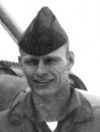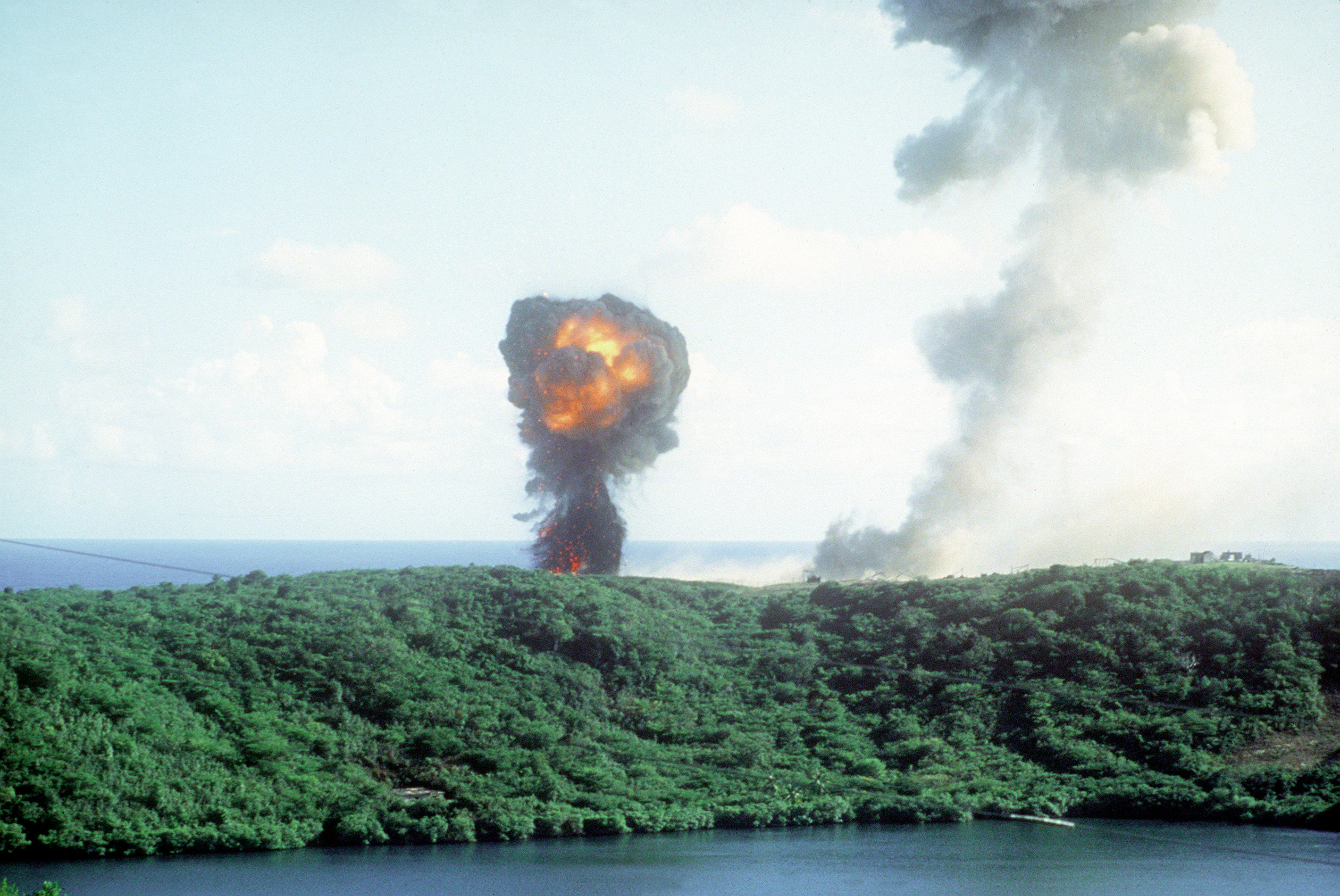October 25 in U.S. military history
1812: The frigate USS United States under the command of Capt. (future commodore) Stephen Decatur — hero of Tripoli and said to be the U.S. Navy’s own Lord Nelson — captures the Royal Navy frigate HMS Macedonian under the command of Capt. John Carden in a brisk fight several hundred miles off the Azores.
1925: The court martial of Col. William “Billy” Mitchell, America’s chief aviation officer during World War I and considered to be the “Father of the U.S. Air Force”, begins in Washington, D.C.. The outspoken Mitchell is charged with multiple counts of insubordination due to his criticism of Navy leadership for investing in battleships instead of aircraft carriers and the handling of numerous fatal aviation incidents. Maj. Gen. Douglas MacArthur, one of Mitchell’s 12 judges, refers to his assignment as “one of the most distasteful orders I ever received.”
1942: On Guadalcanal, Japanese forces launch a series of full-frontal assaults to retake Henderson Field. The defending Marines – led by Lt. Col. B. Lewis “Chesty” Puller – and soldiers kill upwards of 3,000 Japanese troops at the cost of only 80 Americans. Sgt. John Basilone became a Marine legend during the battle, fighting off wave after wave of Japanese soldiers for two days despite being incredibly outnumbered.
1944: During the Battle of Leyte Gulf, torpedoes from the destroyer USS Melvin (DD-680) sink the Japanese battleship Fusō, considered to be the largest warship to go down with all hands during World War II. Rear. Adm. Jesse Oldendorf’s 7th Fleet Support Group, consisting of several battleships sunk or damaged during Pearl Harbor, engage and sink the battleship Yamashiro, marking the last battleship-versus-battleship engagement in history. The escort carrier USS St. Lo (CVE-63) becomes the first major warship to be sunk by Japanese kamikaze pilots. By war’s end, kamikaze attacks would sink 34 U.S. ships.
Elsewhere in the gulf, three Japanese destroyers are sunk at the cost of one U.S. escort carrier, two destroyers, and a destroyer escort.
Aircraft from the U.S. 3rd Fleet, commanded by Adm. Bill Halsey, sink the Japanese aircraft carrier Zuikaku, the last surviving carrier that struck Pearl Harbor. Also headed for the bottom are two more light carriers and a destroyer. Two more ships – including another light carrier – are crippled. Later that day, naval gunfire and torpedoes will claim another Japanese light carrier, two destroyers, and a light cruiser. The Battle for Leyte Gulf is effectively over.
1950: Well over 200,000 Chinese Communist troops attack UN forces in their first assault of the Korean War. The Chinese force withdraws to the mountains and when they attack again one month later, they will drive the American-led force all the way back to the southern tip of the Korean peninsula.
1983: (Featured image) In the largest military operation since Vietnam, nearly 2,000 U.S. troops land on the tiny Caribbean island of Grenada to secure American citizens and topple the Marxist regime. On the first day of fighting, members of the 75th Ranger Regiment parachute into the Port Salines International Airport, allowing planes to deliver soldiers of the 82d Airborne Division. When a SEAL team determines that the beach is unsuitable for the planned amphibious invasion to capture Pearl Airport on the opposite side of the island, helicopters ferry Marines ashore and quickly secure their objective.

Today’s post is in honor of Capt. Jeb F. Seagle, who was killed in action during Operation URGENT FURY on this day in 1983. The 30-year-old attack helicopter pilot from Lincolnton, N.C. was serving in Marine Medium Helicopter Squadron 261 (HMM-261), 22nd Marine Amphibious Unit. He was posthumously awarded the Navy Cross for his actions.
